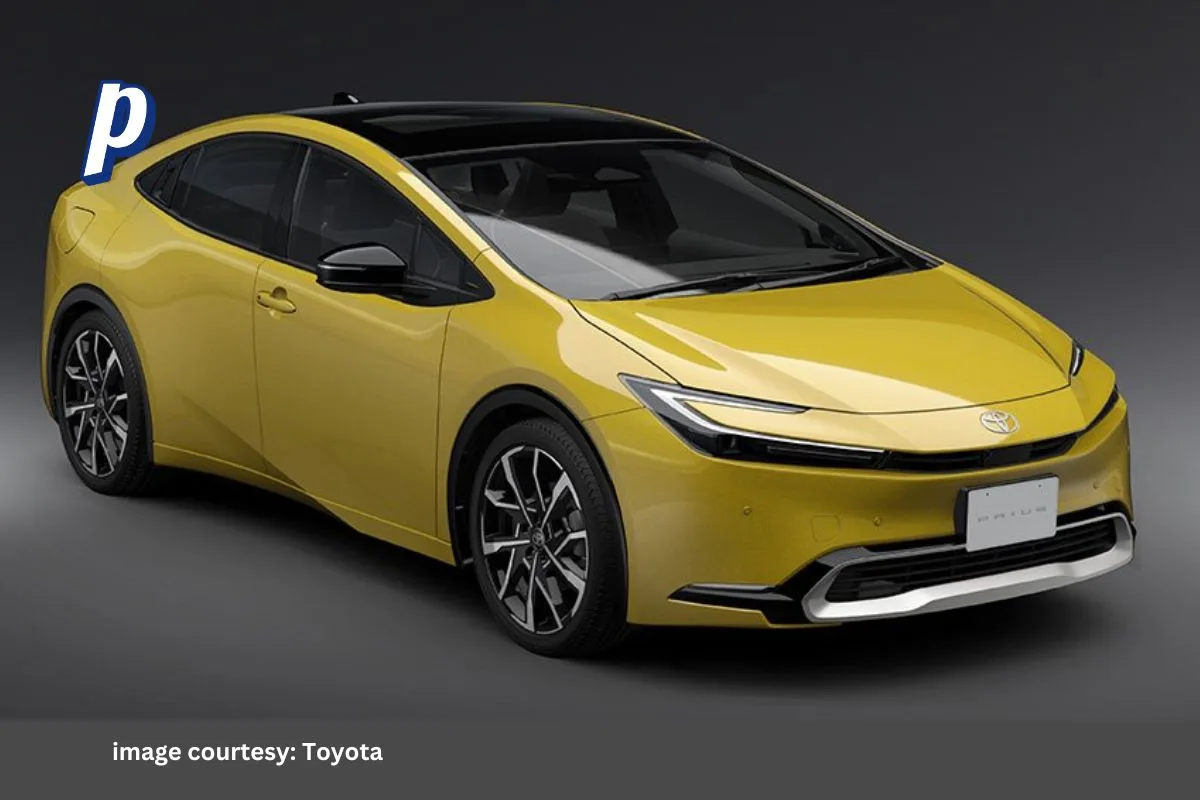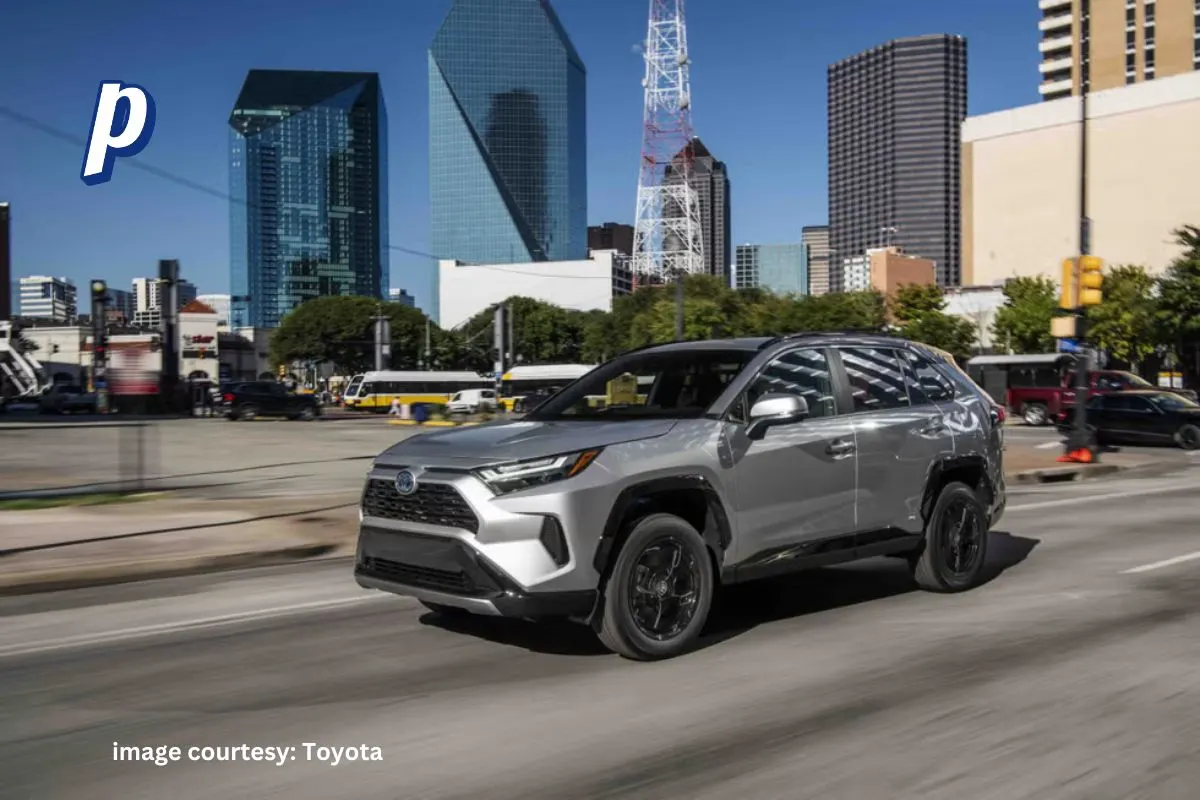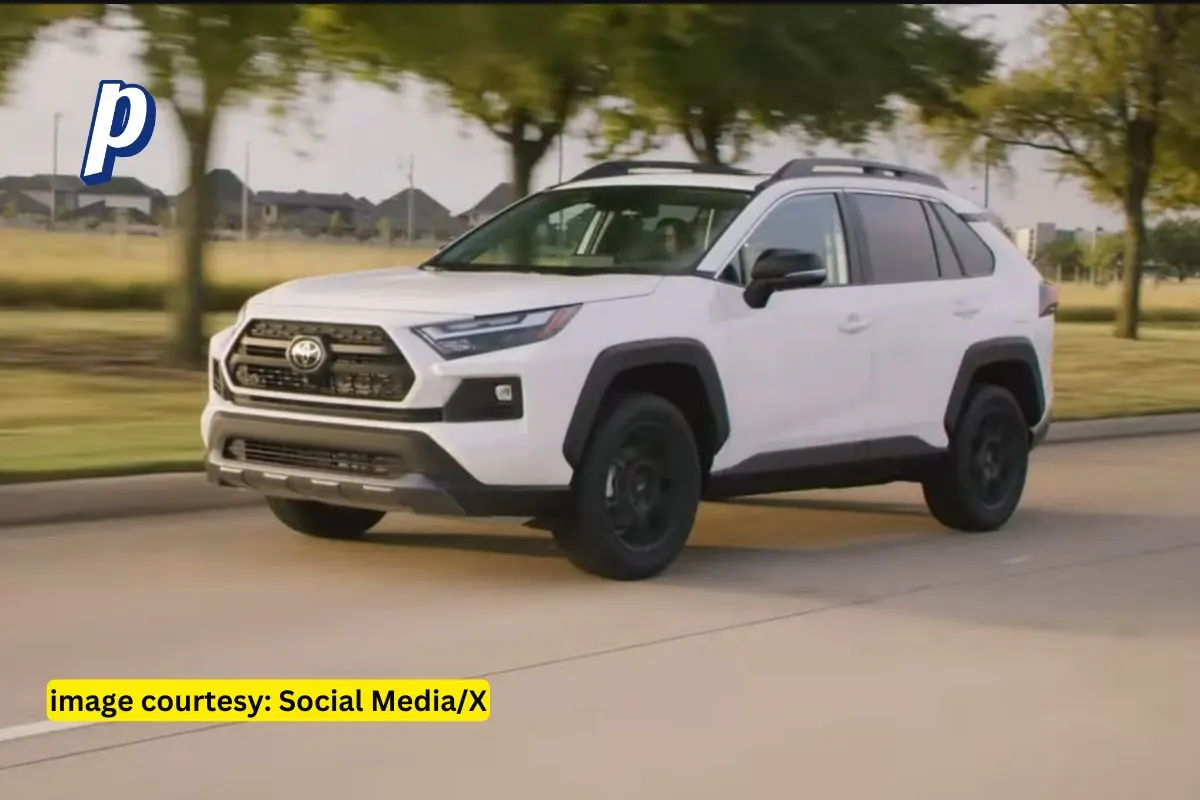Toyota’s essence may be reduced into a single Japanese word: kaizen. It simply means “continuous improvement,” never resting on one’s laurels—and it is fundamental to Toyota’s operations. Kaizen may explain why, after only two years on the market, Toyota is already releasing major improvements to its highly anticipated rally hatch.
The main one: automatic transmission. If you’re a member of the tiresome No Manual, No Care type, take heart in the knowledge that a six-speed manual transmission is still standard, and Toyota expects it to account for the great majority of GR Corolla sales. However, the automatic will help Toyota sell more GR Corollas, supporting the model’s continuing existence. And it’s an amazing transmitter.
| Specs | 2025 Toyota GR Corolla |
| Engine | 1.6-Liter Turbocharged Three-Cylinder |
| Output | 300 Horsepower / 295 Pound-Feet |
| Transmission | Six-Speed Manual / Eight-Speed Automatic |
| Base Price | $39,995 |
This gearbox is immediately remarkable as it rolls out of the pits at the Charlotte Motor Speedway road circuit (the Roval). Put the car in Sport mode, and it shifts as quickly as any automatic, and you don’t even need to use the steering wheel paddles. The vehicle always selects the right ratio.

According to Naoyuki Sakamoto, head engineer for the GR Corolla, this gearbox is based on a conventional Toyota eight-speed automatic and is similar to the one used in the new GR Yaris. But, aside from the case itself, almost everything is unique. Shorter gear ratios, better clutch friction material, and a revised valve body allow for speedier shifts. In addition, the automated mode is programmed specifically.
Putting the car in manual mode and using the (admittedly cheap-feeling) paddles, however, is far more enjoyable. When I initially heard that the GR Corolla would be getting a classic torque-converter automatic rather than a dual-clutch, which seemed more appropriate for a sport-compact, I admit I was skeptical. However, pulling the paddle for an upshift causes the gears to change relatively instantly, and downshifts are as effective. The torque converter also incorporates a lockup clutch that engages fast, allowing you to directly control the engine with your right foot.


This performs as well as any classic automatic on the market. I’d rank this transmission with BMW’s eight-speeds, and if you sacrifice anything for a dual-clutch, it’s compensated for by seamless changes in everyday driving. The automatic also features better ratios than the manual, with shorter third, fourth, and fifth gears that assist the GR Corolla stay in the heart of its powerband. However, you must move the gear selector to the left to enter a true manual mode; using the paddles in Drive performs the bizarre but typical Toyota thing of allowing you to pick the highest ratio the transmission will employ. That’s good in a Highlander, but maybe not in a GR Corolla.
Once you understand that the automatic is never underfoot, you can focus on the rest of the GR Corolla. Which is fantastic. Tweaks to the rear suspension make an already fun vehicle even more so, while also improving stability in high-speed corners. A softer rear anti-roll bar aids turn-in and rotation, but stiffer rear springs retain the original car’s roll stiffness. Toyota has also incorporated some anti-squat at the back to aid with acceleration, and new dampers with internal rebound springs work as a more sophisticated bump stop, better managing body movements.
read more: 2025 Mini Cooper JCW Gets a Sleek Dual-Clutch Automatic Upgrade
It’s difficult to compare suspension adjustments between new and old GR Corollas without driving them side by side, but this one has a great balance. The Roval is deceptively tricky, and there are times when you put a ton of weight in the vehicle. Exiting turn three, a third-gear right, you’re heavily loaded and aiming for the runoff. You just need a little brake for turn four, but you’re reducing speed in the opposite way.
It’s a strange complex, but the GR Corolla enjoys braking and turning. With a little weight on the nose, the automobile instinctively heads toward the apex. Then return to power quickly, allowing the all-wheel drive system and front and rear limited-slip differentials—now standard—to handle the rest.
A new Track all-wheel drive mode features a variable torque split ranging from 60:40 to 30:70, and it operates quietly. The GR Corolla never seems rear-biased, yet it doesn’t feel too proscriptive or all-wheel drive either. It’s extremely intuitive.
Everything we loved about the original is present in plenty. The engine has a lot of personality, with its gruff three-cylinder sound and powerful mid-range torque. Toyota actually increased torque from 273 to 295 pound-feet, and it pulls powerfully across the rpm range. The steering isn’t the most communicative, but it’s simple to discern grip levels from the seat of your trousers, and the brakes feel terrific. However, Toyota refused to let us do continuous laps in the vehicle, so we can’t say how well it holds up under real-world conditions.
Plus, the six-speed manual is still a lot of fun. It can be notchy at times, and the pedals are too far apart for heel-toe downshifts, so you must rely on the GR Corolla’s automatic rev-matching feature. Nonetheless, it remains the obvious enthusiast’s choice. However, I was so thrilled with the automatic that I wouldn’t blame someone for using two pedals.
Unfortunately, we just got a half-hour to test the GR Corolla on the road. Even with a restricted time, the automatic continued to make a case for itself. You’ll never mistake this for a standard Corolla—the low-speed ride is still bouncy, and the exhaust is boomy. However, the automatic smoothes things out, smoothing out changes while driving about town, while remaining quick and responsive when needed.








